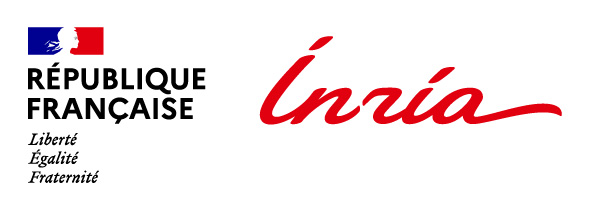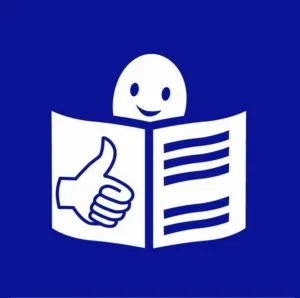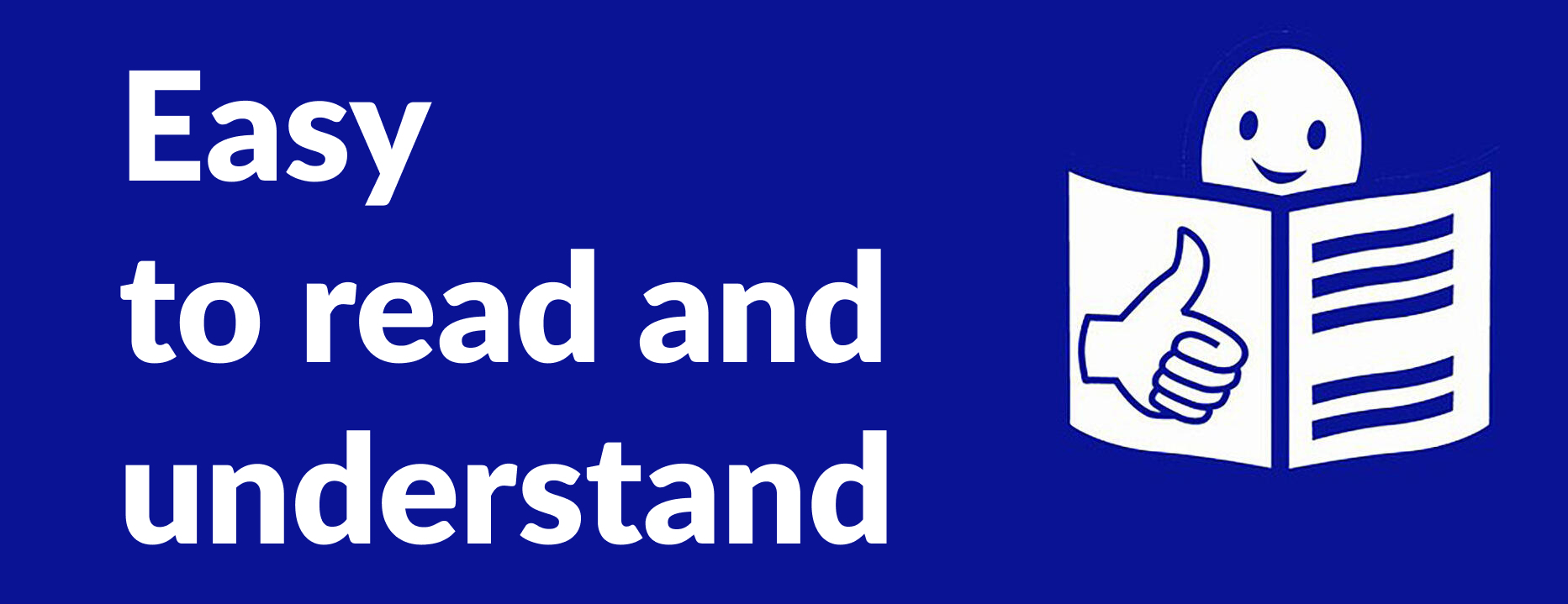 République Française (liberté, égalité, fraternité) Inria
République Française (liberté, égalité, fraternité) Inria
Easy-to-read and understand
Easy-to-read is a method of adapting texts.
Governed by a set of EU regulations, it is designed to produce simplified versions of texts.
These regulations make information more accessible and clearer for individuals with mental disabilities.
But easy-to-read can also be used in other contexts:
- People with dyslexia,
- The elderly
- People who do not have a high level of French or children learning to reade.
The easy-to-read and understand method
TheInclusion Europe association developed the easy-to-read method in 2009 through the Pathways project.
Inclusion Europe is an organisation for people with mental disabilities and their families..
All EU member states have a representative within the Inclusion Europe association.
In France it was the l'UNAPEI and the association Nous Aussi who took part in the “Pathways” project.
The objectives of the easy-to-read method include the following :
- To promote self-advocacy.
- To promote participation in social life.
- To facilitate access to learning.
Regulations for writing and presenting documents
The UNAPEI adapted the regulations from the Pathways project into French in the document "Information for all European standards for making information easy-to-read and understand".
This document outlines all of the ERU regulations.
A Reference guide for writing alternative content in simplified language is also available to view.
Here are 5 of the main ERU regulations :
- Employ commonly-used words and express information clearly, without waffling.
- Write using short sentences.
- Include visuals with the text (illustrations, photographs, icons, etc.).
- Make sure the formatting is clear: use simple typography, lower case letters, and ensure that the colour contrast is sufficiently marked.
- Get to the point quickly.
The EU easy-to-read logo
When a text is recognised easy-to-read, this logo will be included with it.

In order for content to feature the Easy-to-read logo, it must adhere to the ERU regulations.
Engagement with people with mental disabilities is a prerequisite.
Their feedback will be essential in determining whether or not the document can be understood and whether or not it meets the needs of the target group.
If all of the regulations are adhered to, including, the participation of individuals with mental disabilities, then a document can feature the Easy-to-read logo.
What does Easy-to-read writing look like?
-
Definition of the term “discrimination”
(Source Wikipédia)Discrimination is the act of making unfair or prejudicial distinctions between people based on the groups, classes, or other categories to which they belong or are perceived to belong, such as race, gender, age, religion, or sexual orientation. Discrimination especially occurs when individuals or groups are unfairly treated in a way which is worse than other people are treated, on the basis of their actual or perceived membership in certain groups or social categories.
-
Definition of the term “discrimination” in Easy-to-read
(Source Inclusion Europe)
Discrimination means that you are treated worse than others or
that you do not get the chances you deserve.
It is discrimination when it happens because of your disability.
It can also happen to other people.
For example, people who have a different skin colour.
Or older people.
Plain language
“Plain language” is a writing method.
An ISO standard for plain language was published in June 2023. France was involved in the development of this standard through the editorial agency Avec des Mots.
The ISO standard provides the following definition for plain language:
Plain language is communication that puts readers first. It considers:
- what readers want and need to know ;
- readers’ level of interest, expertise and literacy skill ;
- the context in which readers will use the document
The recommendations for writing in plain language are similar to those for ERU, although they are more flexible, particularly when it comes to presentation.
Although it is not necessary to have something in Plain Language checked over by people with mental disabilities, this is strongly recommended from an ethical perspective.
